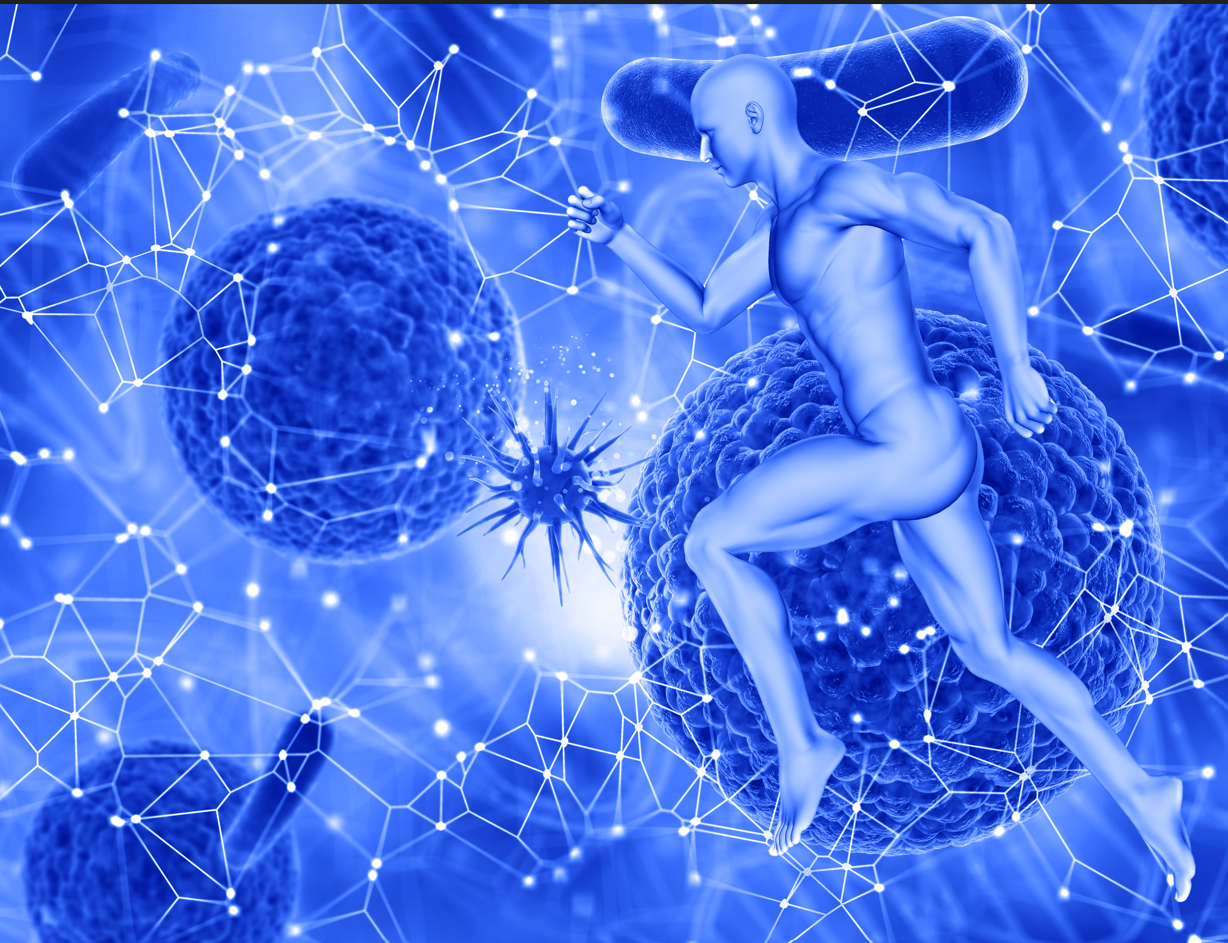Artificial Intelligence (AI) has been a topic of intense research and development in recent years. The ability of machines to learn and adapt has led to the development of many useful applications, including the reconstruction of motion sequences for both humans and animals. This technology has revolutionized the way we approach motion analysis and has enabled us to gain new insights into the movement of living organisms. In this article, we will explore the concept of AI motion reconstruction and its potential applications.
Motion reconstruction is the process of creating a sequence of images or data that represents the movement of an object. This process is essential in many fields, including sports, medicine, and animation. In sports, motion reconstruction is used to analyze the performance of athletes and improve training techniques. In medicine, it is used to study the movement of joints and muscles and to diagnose and treat injuries. In animation, it is used to create realistic movement for characters and objects.
Traditionally, motion reconstruction has been a labor-intensive and time-consuming process. It involves capturing multiple images or data points over a period of time and then using complex algorithms to stitch them together into a sequence. However, recent advancements in AI have made this process much more efficient and accurate.
One of the key benefits of AI motion reconstruction is its ability to learn from large datasets. Machine learning algorithms can analyze vast amounts of data and identify patterns that would be impossible for humans to detect. This allows them to create highly accurate motion sequences that accurately represent the movement of living organisms.
To reconstruct motion sequences using AI, researchers typically use two types of data: 2D image data and 3D point cloud data. 2D image data is obtained by capturing multiple images of the object from different angles, while 3D point cloud data is obtained by using depth sensors to capture the position of each point in space.
Once the data is captured, machine learning algorithms are used to analyze the patterns and create a sequence of images or data points that accurately represent the movement of the object. These algorithms use complex mathematical models to identify key features in the data, such as joint angles and limb movement, and then use this information to create a sequence that accurately represents the movement of the object.
One of the key advantages of AI motion reconstruction is its ability to reconstruct complex movements. Traditional motion reconstruction techniques are often limited to simple movements, such as walking or running. However, AI algorithms can reconstruct much more complex movements, such as jumping, dancing, or even flying. This makes them ideal for use in fields such as animation and special effects.
Another benefit of AI motion reconstruction is its ability to work with incomplete or noisy data. Traditional motion reconstruction techniques require high-quality data to work effectively. However, AI algorithms can work with data that is noisy or incomplete, allowing them to create accurate motion sequences even in challenging conditions.
The applications of AI motion reconstruction are vast and varied. In sports, it is being used to analyze the performance of athletes and improve training techniques. For example, coaches can use AI motion reconstruction to analyze the movement of their athletes and identify areas for improvement. In medicine, it is being used to study the movement of joints and muscles and to diagnose and treat injuries. For example, doctors can use AI motion reconstruction to analyze the movement of a patient’s knee joint and identify the cause of their pain.
In the field of animation, AI motion reconstruction is being used to create realistic movement for characters and objects. Animators can use AI algorithms to create complex movements that are difficult or impossible to create by hand. For example, AI motion reconstruction can be used to create realistic movement for creatures such as dragons or dinosaurs.
AI motion reconstruction is also being used in robotics research. Researchers are using AI algorithms to create robots that can move and interact with their environment in a more natural and fluid way. For example, robots can be programmed to learn and adapt their movements based on feedback from their environment, allowing them to move more efficiently and effectively.
Another potential application of AI motion reconstruction is in the field of video surveillance. Law enforcement agencies can use AI algorithms to analyze surveillance footage and reconstruct the movements of suspects. This can help them to identify potential threats and prevent crimes before they occur.
Despite the many potential applications of AI motion reconstruction, there are also some ethical concerns that need to be addressed. For example, the use of AI motion reconstruction in video surveillance raises questions about privacy and civil liberties. There is also the potential for the technology to be used for malicious purposes, such as creating deepfakes or other forms of misinformation.
To address these concerns, it is important to ensure that AI motion reconstruction is used responsibly and ethically. This means developing clear guidelines and regulations around the use of the technology, as well as ensuring that it is used only for legitimate purposes.
In addition, it is important to continue investing in research and development to further improve the accuracy and capabilities of AI motion reconstruction. This includes developing new algorithms and techniques for analyzing and reconstructing motion data, as well as improving the quality and quantity of the data that is used.
In conclusion, AI motion reconstruction has the potential to revolutionize the way we approach motion analysis and gain new insights into the movement of living organisms. Its ability to learn from large datasets and reconstruct complex movements makes it a valuable tool for a wide range of applications, including sports, medicine, animation, robotics, and video surveillance. However, it is important to address the ethical concerns surrounding the technology and ensure that it is used responsibly and for legitimate purposes. Continued investment in research and development will be essential to unlocking the full potential of AI motion reconstruction and ensuring that it benefits society as a whole.




















